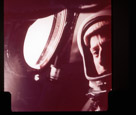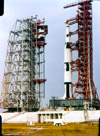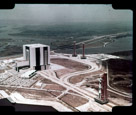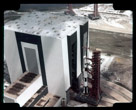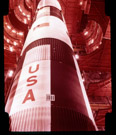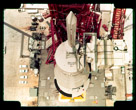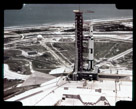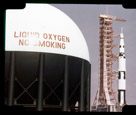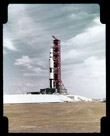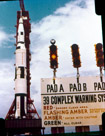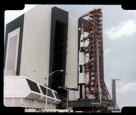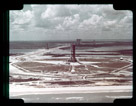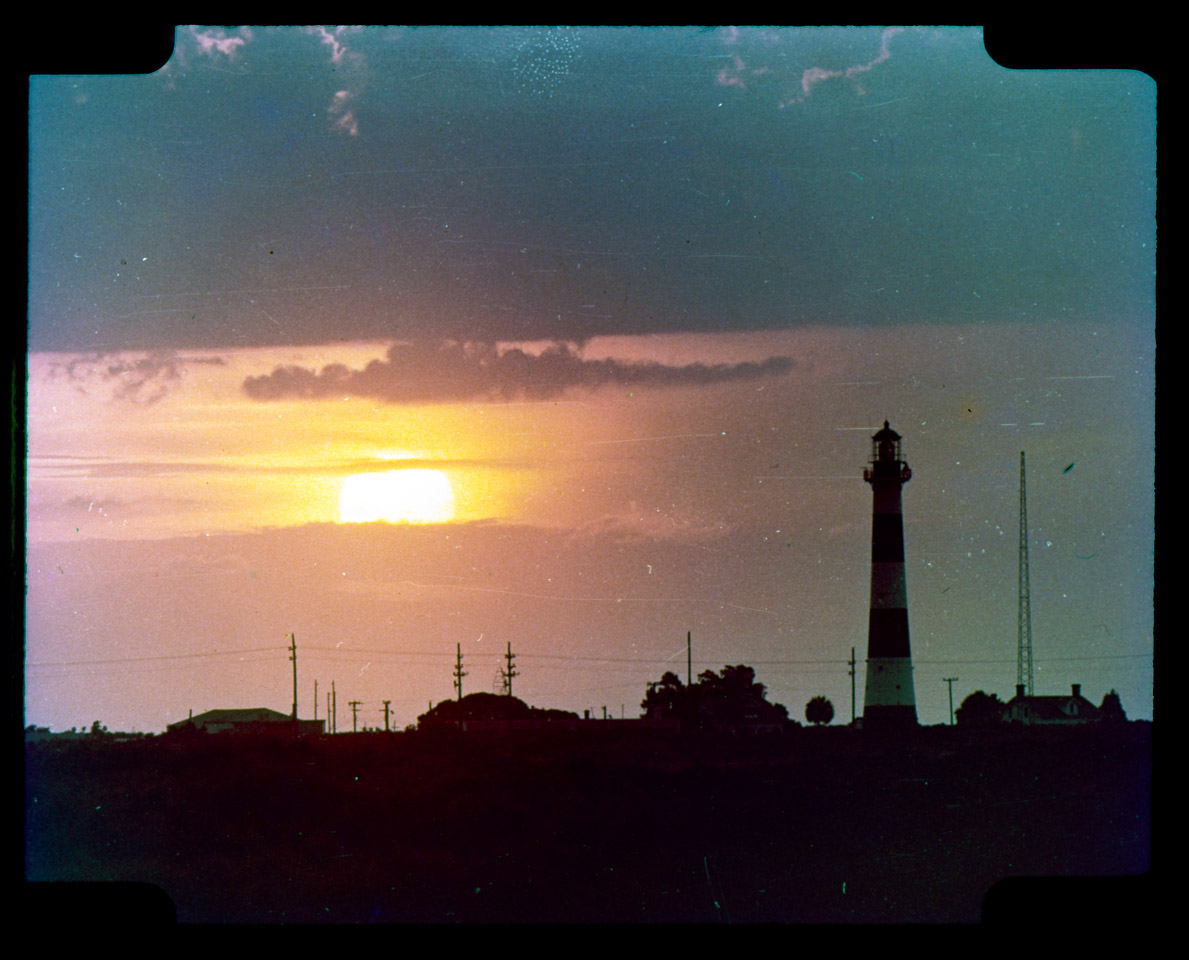
The Road to America's Lunar Landing
Apollo was dedicated to President John F. Kennedy's national goal of "landing a man on the Moon and returning him safely to the Earth" by the end of the 1960s, which he proposed in a May 25, 1961 address to Congress. Project Mercury was followed by the two-man Project Gemini (1962–66). The first manned flight of Apollo was in 1968 and it succeeded in landing the first humans on Earth's Moon in 1969 through 1972.
Kennedy's goal was accomplished on the Apollo 11 mission when astronauts Neil Armstrong and Buzz Aldrin landed their Lunar Module (LM) on the Moon on July 20, 1969 and walked on its surface while Michael Collins remained in lunar orbit in the command spacecraft, and all three landed safely on Earth on July 24. Five subsequent Apollo missions also landed astronauts on the Moon, the last in December 1972. In these six spaceflights, 12 men walked on the Moon.
Apollo ran from 1961 to 1972, and was supported by the two-man Gemini program which ran concurrently with it from 1962 to 1966. Gemini missions developed some of the space travel techniques that were necessary for the success of the Apollo missions. Apollo used Saturn family rockets as launch vehicles. Apollo / Saturn vehicles were also used for an Apollo Applications program which consisted of three Skylab space station missions in 1973–74.
Apollo set several major human spaceflight milestones. It stands alone in sending manned missions beyond low Earth orbit; Apollo 8 was the first manned spacecraft to orbit another celestial body, while the final Apollo 17 mission marked the sixth Moon landing and the ninth manned mission beyond low Earth orbit. The program returned 842 pounds (382 kg) of lunar rocks and soil to Earth, greatly contributing to the understanding of lunar geology. The program laid the foundation for NASA's current human spaceflight capability, and funded construction of its Johnson Space Center and Kennedy Space Center. Apollo also spurred advances in many areas of technology incidental to rocketry and manned spaceflight, including avionics, telecommunications, and computers. (Wikipedia)
I worked on Project Apollo from June 65 through 1968. The pictures presented here are from NASA slides. The captions include my comments and additional technical information. I would like to think I made some small contribution to the success of this program.


